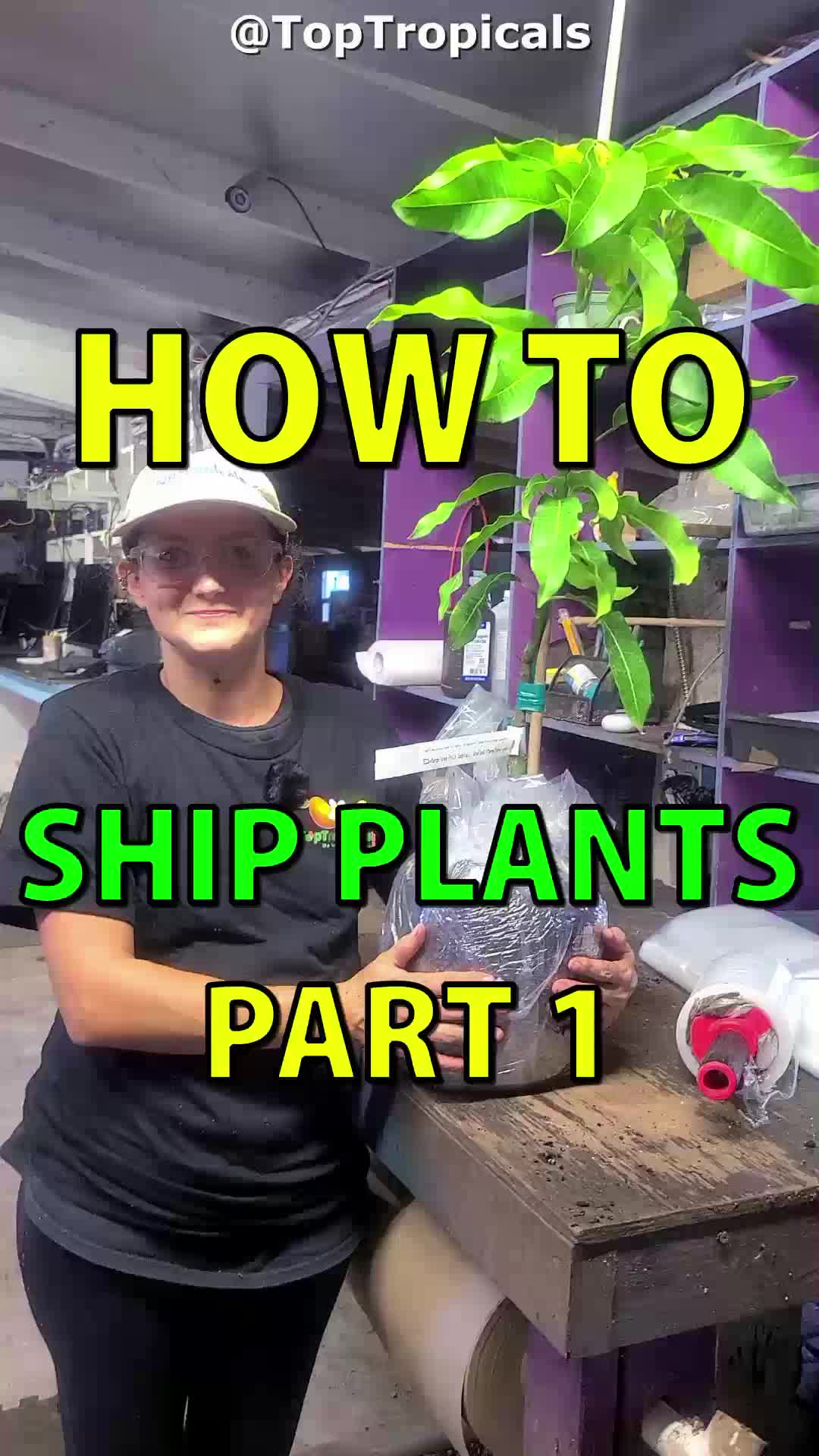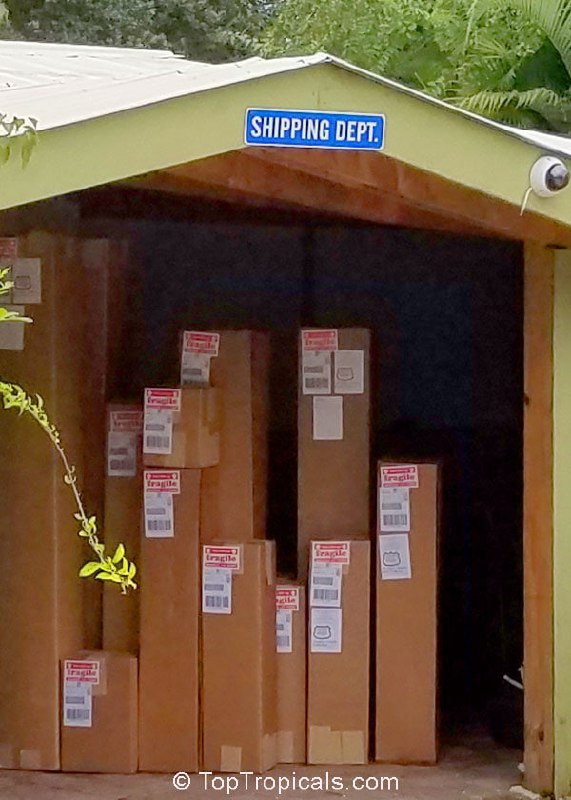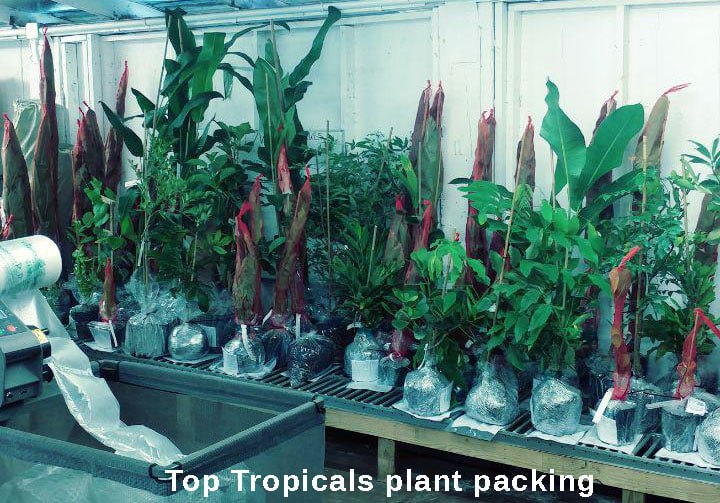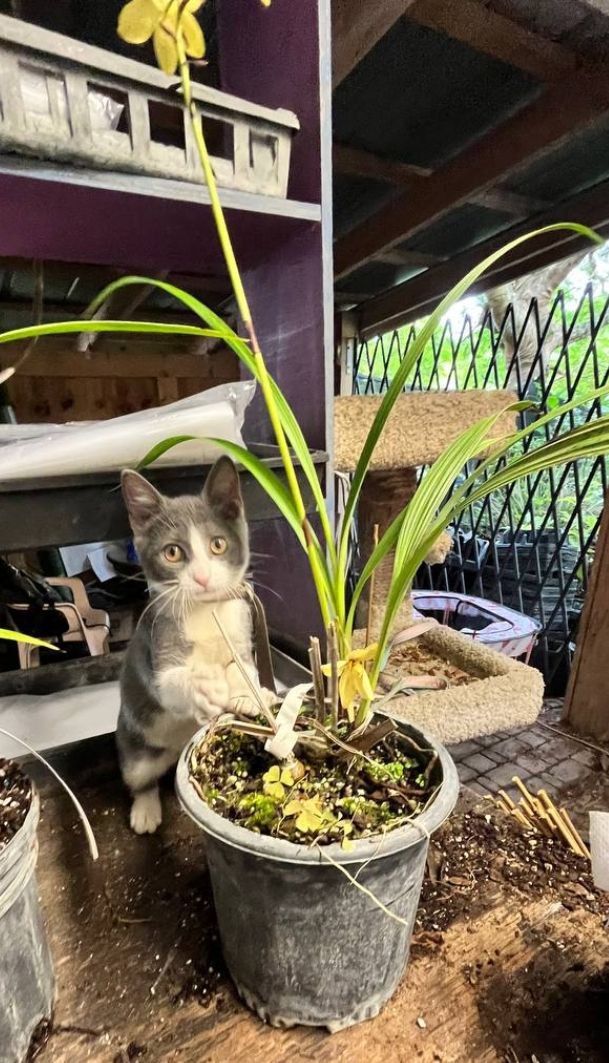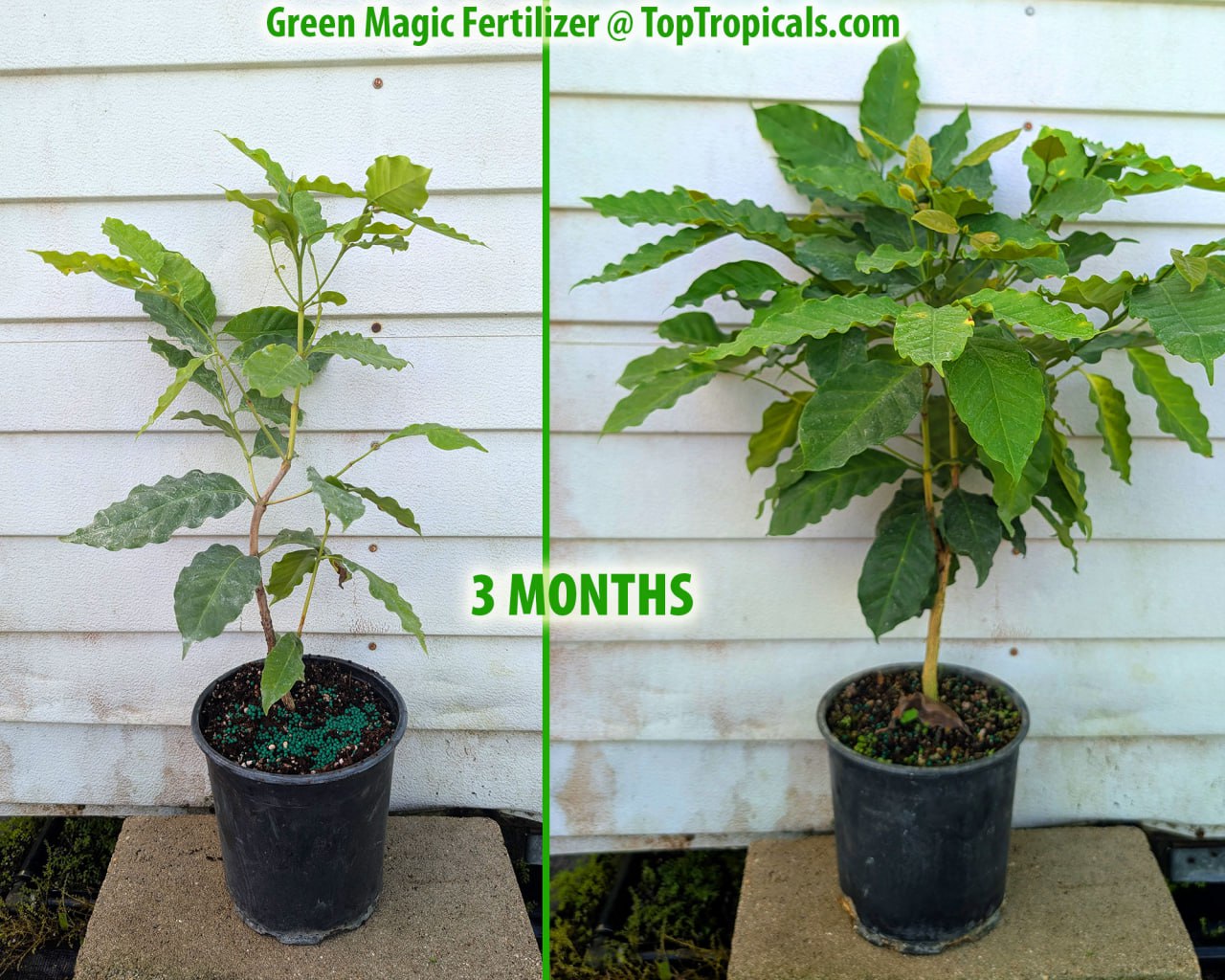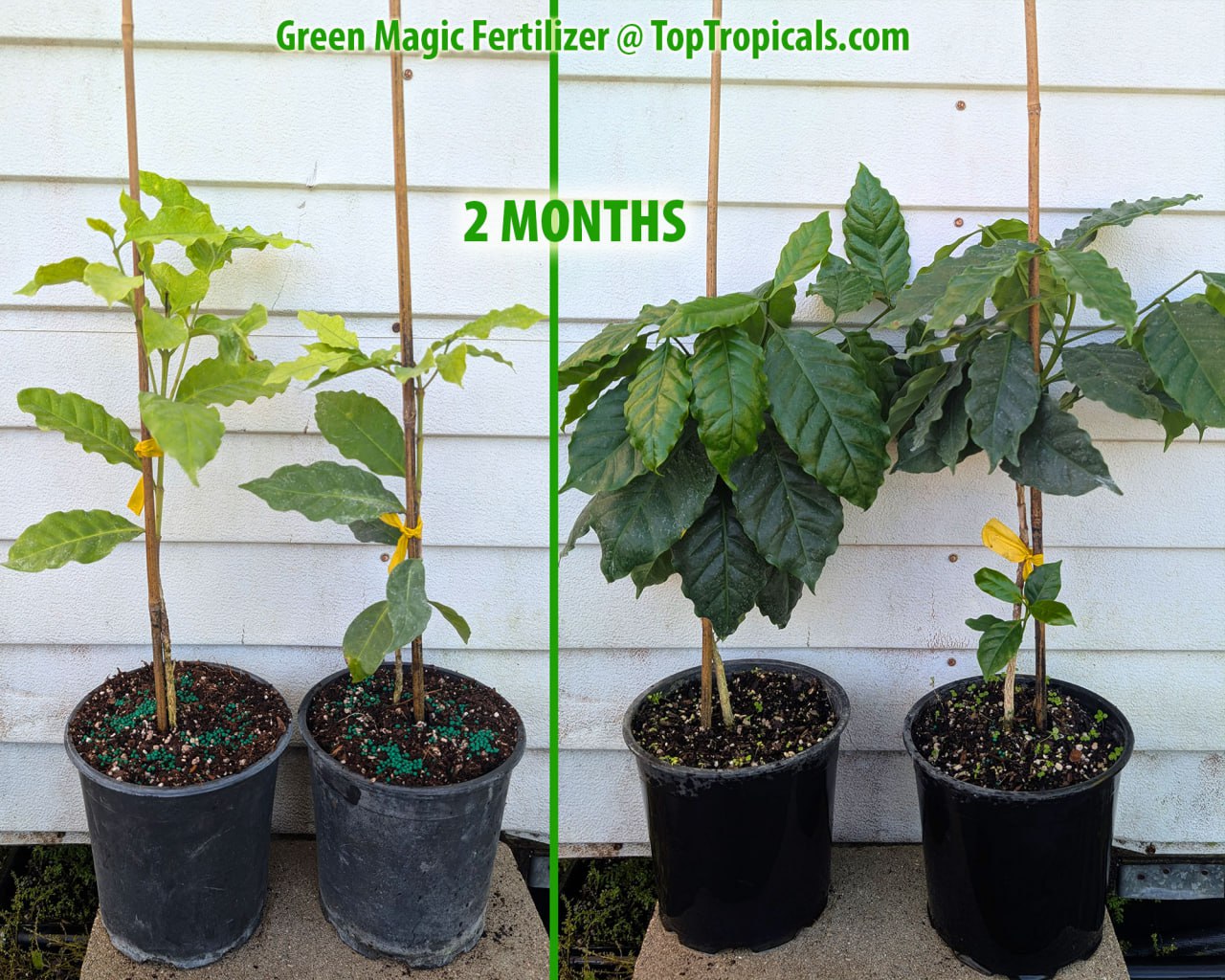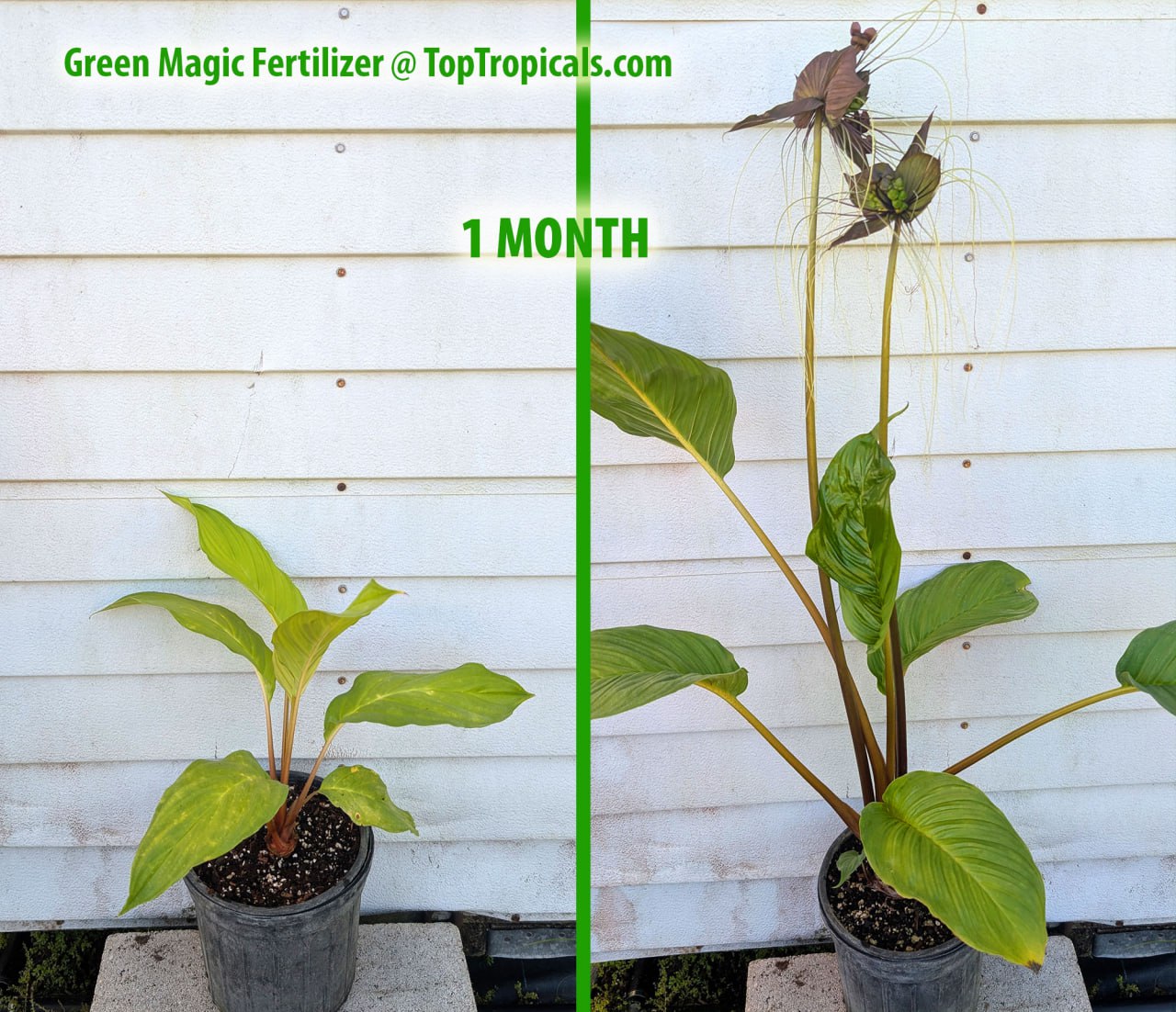Plant for birds: feast for wildlife and people from a tiny vine!
Passiflora suberosa - Corkystem Passion Vine
- Passiflora suberosa - Corkystem Passion Flower: did you know this Florida native passion vine is more than just a butterfly host? Birds love it too - they’ll happily snack on the little fruits and sing you thank-you songs all day long!
- And yes, the fruit is edible for people as well! The berries are small, but they make a fun and exotic treat.
- The plants has a tiny flower and a tiny fruit – both only about half an inch – but together they create a mighty native habitat.
- It's a triple win: butterflies, birds, and people can all enjoy something from this charming little plant. Plus, it’s the larval host for Gulf Fritillary, Zebra Longwing, and Julia butterflies, and its tiny greenish flowers provide nectar all year long. Fast-growing, easy, and full of life – a real gem for any Florida garden.
- This vine is delicate and compact, perfect for a medium trellis or climbing a small tree. Unlike the big, aggressive passion vines that can cover a whole fence, this one stays manageable.
- This Passion vine is not just charming and wildlife-friendly, it’s also tough as nails. Cold hardy and easy to grow, this native vine takes whatever Florida throws at it – heavy rains, long droughts and heat, poor sandy soils, even total neglect – and still thrives. A perfect choice if you want beauty, wildlife, and resilience all in one little plant.
🛒 Plant this small and tough vine with food and wildlife benefits
📚 Learn more:
- ✦ What is the sweetest Passionfruit?
- ✦ How big is Giant Granadilla?
- ✦ Does Red Passion flower produce edible fruit?
- ✦ The truth about Passion flower and Passion fruit
- ✦ Top 20 plants for a Butterfly Haven
- ✦ Top Eight irresistible vines for a hummingbird haven
#Food_Forest #Hedges_with_benefits #Butterfly_Plants #How_to
🟢 Join 👉 TopTropicals
